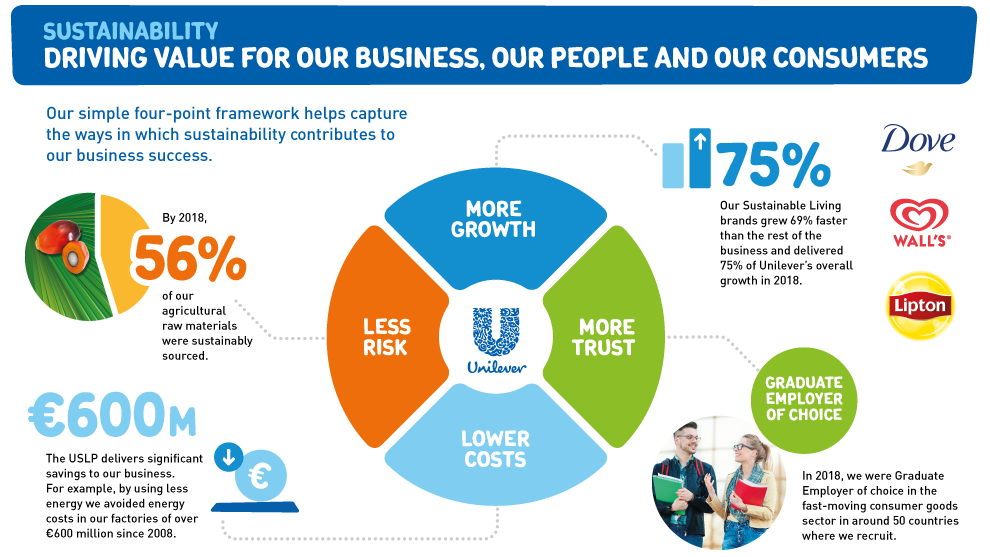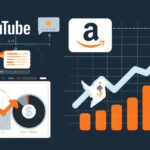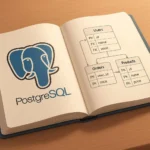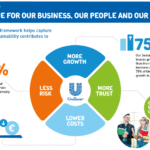Advanced Business Strategies Techniques: From Survival to Domination
Let’s be frank. Most of the business counsel is a rerun. Know your customer! Give excellent customer care. It’s just the game’s entrance ticket; it is not unethical. Reading this means you have already mastered the fundamentals. While others are still studying checkers, you are ready to play chess.
No, real, sustainable growth in today’s turbulent market does not result from better executing the same tasks. It comes from doing various things. It’s about layering sophisticated, connected tactics that establish a moat surrounding your company.
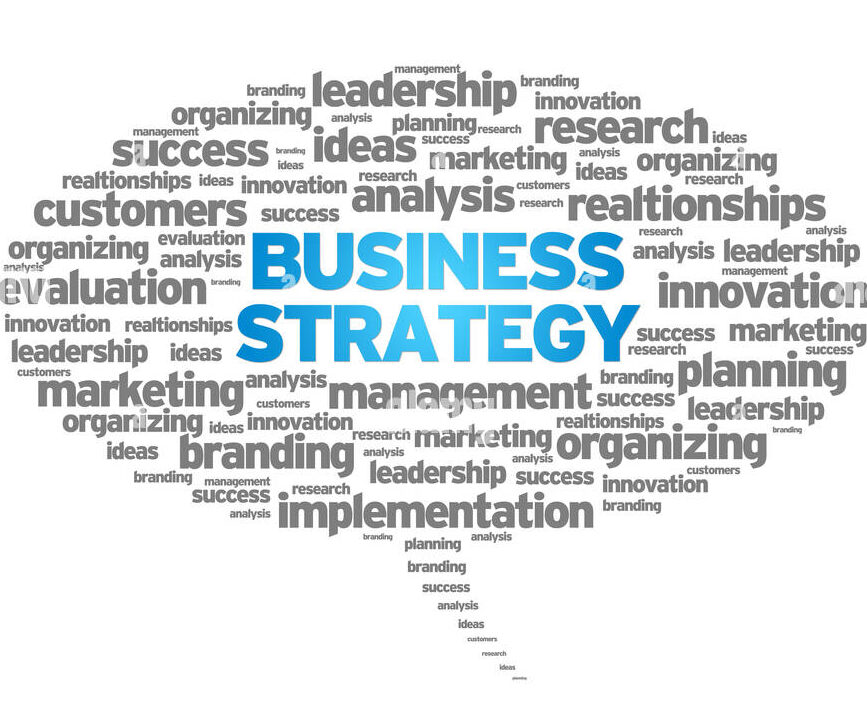
1. Five sophisticated techniques that distinguish market leaders from the other pack follow.
Data-Driven Compassion: When Figures Meet Human Needs
We all know data’s value. Most companies, nevertheless, halt at superficial statistics: page views, conversion rates, quarterly sales. The sophisticated approach is to utilize data to help one grasp the justification for the what. This is empathetic information-driven.
How it works: Examine how clients use your product rather than merely noting their purchases. View their joys and disappointments by using session recordings, heatmaps, and consumer comments systems. To create a jobs-to-be-done framework, integrate marketing analysis with your CRM data.
Real-world example: A SaaS business sees a function is seldom used. The first reaction would be to pull it out. Deep study shows that for a small group of high-value corporate customers, the advanced response is essential. Double down on making it more potent for that particular segment—increasing retention and loyalty among their most profitable consumers instead of eliminating it.
Your takeaway: Tell a narrative with data rather than simply reporting it. Let the data show unsolved customer needs and emotional pain points you can address.
2. In the Flywheel Model, momentum takes the place of funnel friction.
The conventional marketing funnel is straight: awareness, consideration, conversion. It’s leaky and effort-intensive. The advanced option is HubSpot-inspired flywheel. It aims to establish a self-reinforcing momentum cycle.
Your flywheel has three primary parts: Attract, Engage, and Delight. One spins the following energy. Delighted customers send others (Attract), write a good review (Engage), and buy once more (Delight), therefore beginning the cycle once more. The aim is to reduce friction at every level so that the flywheel maintains less labor and spins quicker.
Amazon’s flywheel is famous in the real world. More consumers (Attract) are drawn to lower prices (Delight). More sellers join the platform to access these consumers, so increasing selection (Engage) which in turn lowers pricing even further, so speeding the flywheel.
Your Lesson: Map your customer journey as a circular flywheel. Find where friction is stopping it and invest in producing beautiful events that drive their own momentum.
3. Don’t just create a product; develop a world via ecosystem orchestration.
The most legitimate companies are building whole ecosystems in which their product acts as the main, essential hub rather than simply selling something.
How it works: This entails either creating or partnering with extra services, applications, and platforms that amplify your main offering. Consider markets, strategic alliances, and APIs. Making other companies thrive within your orbit increases your worth.
Actual World Example: Shopify provides more than just an e-commerce platform. It arranges an ecosystem of app developers, theme designers, marketers, and fulfillment partners. Leaving is very difficult because a merchant lives within the Shopify ecosystem rather than only uses Shopify.
Ask yourself: How may I link other services to simplify the lives of my clients? Become the forum that makes a wider value chain possible.

4. Optionality and scenario planning: Creating an antifragile company
The epidemic showed us the pricelessness of pivoting. Advanced strategy is about developing optionality—that is, making deliberate strategic choices you can activate in reaction to change. This is about being ready, not reactive.
Regularly plan If-Then scenarios. Should a new technology upheave our industry, we will start Project X. Should one of our main suppliers fail, we will move to Alternative Y. To keep your possibilities open, invest in little, inexpensive tests like trying out a fresh sales channel or designing a tiny product.
True-world example: Originally a DVD-by-mail service, Netflix had the flexibility to switch to streaming since it was tracking technical developments. That was premeditative foresight, not chance.
Your Lesson: Steer clear of betting all of your fortune on one future. To make sure your company is antifragile—that is, getting stronger from volatility—spend 5% of your resources investigating what if scenarios.
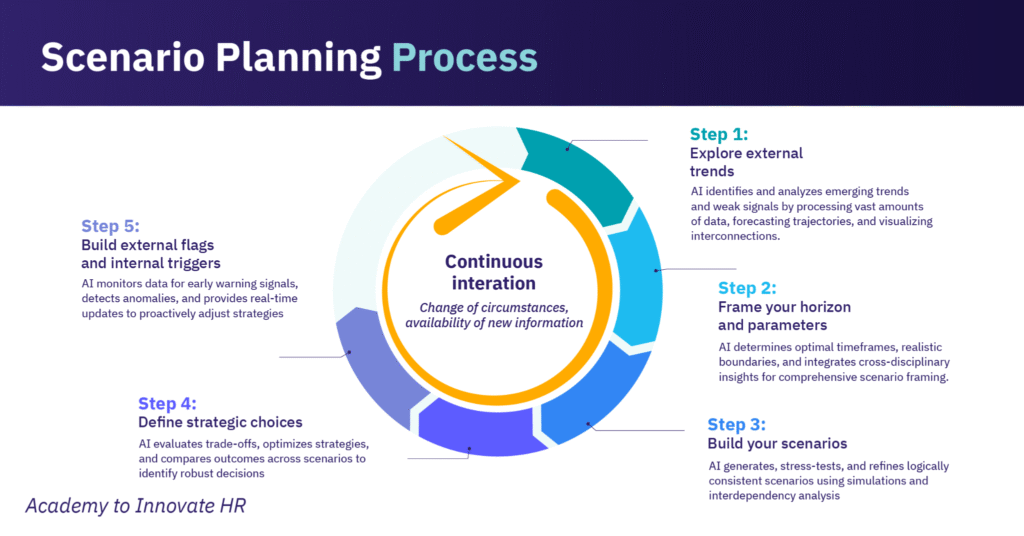
5. Client Success Seen as a Growth Engine Instead of a Cost Center
For B2B and subscription-based enterprises, this marks the summit of contemporary techniques. Today’s customer success (CS) goes beyond ticket solving to include actively ensuring that consumers with your product achieve their desired outcome.
Match the objective completion, product use, and client health ratings with the KPIs of your CS team. Their objective is to generate followers. A pleased client never churns, introduces fresh business, and extends their contract (upsell). This turns CS from an expense into your most powerful sales force.
Slack’s amazing growth was fueled by a bottom-up approach whereby happy customers persuaded their entire companies to adopt the product and support. Their CS program was geared to exalt those first users heroes.
Your Lesson: Spend heavily on a future oriented customer success team. Assess not just ticket resolution time but also their influence on retention and income.

Bottom Line
Advanced strategy is a way of life. Seeing the link among your consumers, data, and operations is the focus of this. It goes beyond quick fixes to create a resilient, flexible, genuinely essential firm.
- Not merely compete. Overpower.


